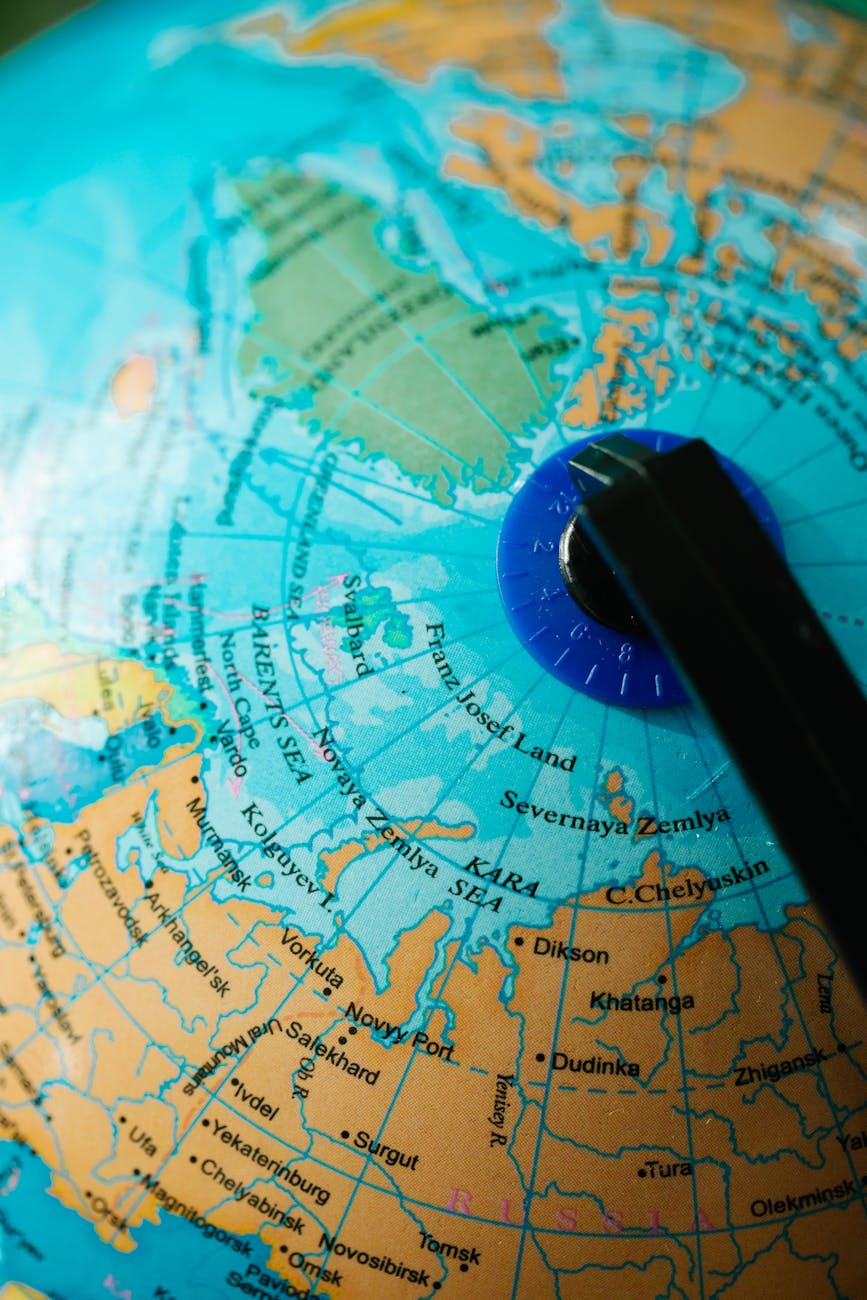Frozen Survivors: The Incredible Adaptations of Arctic Wildlife

Exploring the Unique Survival Strategies of Arctic Animals
From the thick fur of polar bears to the incredible diving abilities of beluga whales, Arctic wildlife have evolved impressive adaptations to thrive in one of the harshest environments on Earth. Let's delve into some of the most fascinating adaptations that allow these creatures to survive in the extreme cold of the Arctic.
1. Polar Bears - Masters of the Ice
Polar bears have a thick layer of blubber and dense fur that protect them from the freezing temperatures of the Arctic. Their large paws help them distribute their weight evenly on ice, allowing them to move swiftly across the frozen landscape in search of prey.
2. Arctic Foxes - Changing Colors with the Seasons
Arctic foxes change their fur color from white in winter to brown or gray in summer, blending in seamlessly with their surroundings. This helps them remain camouflaged while hunting for small mammals beneath the snow.
3. Beluga Whales - The Incredible Divers
Beluga whales have flexible necks and the ability to change the shape of their melon to maneuver under the ice and catch prey. Their thick blubber provides insulation and buoyancy, allowing them to thrive in the icy waters of the Arctic.
4. Arctic Hares - Large Hind Feet for Speed
Arctic hares have long hind feet that act like snowshoes, enabling them to run quickly on top of the snow to evade predators. They also have a keen sense of smell, which helps them detect danger from a distance.
